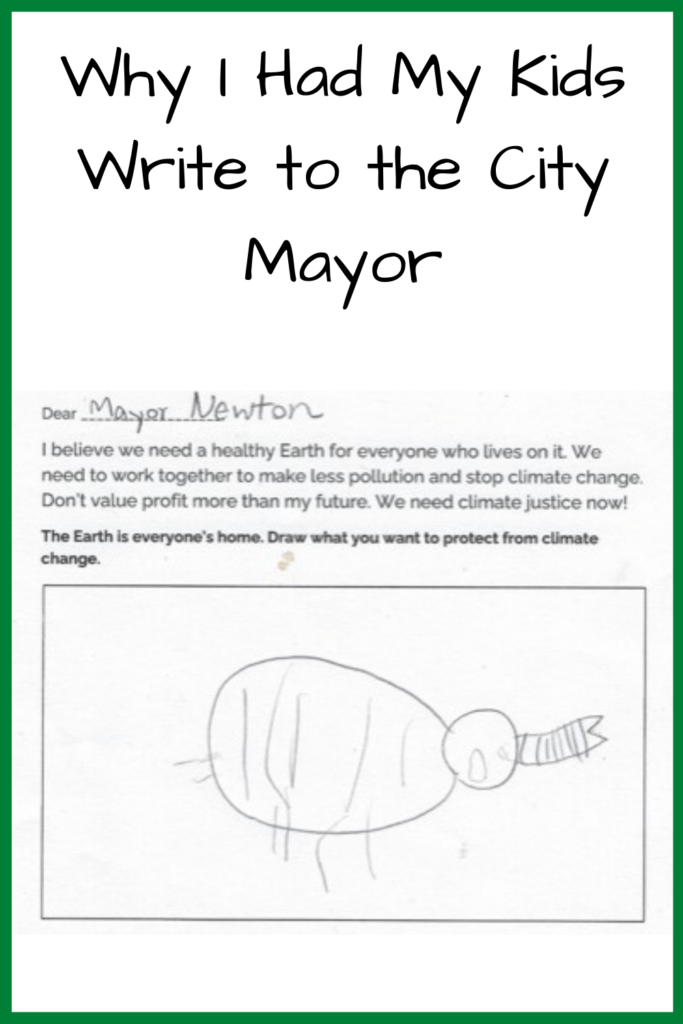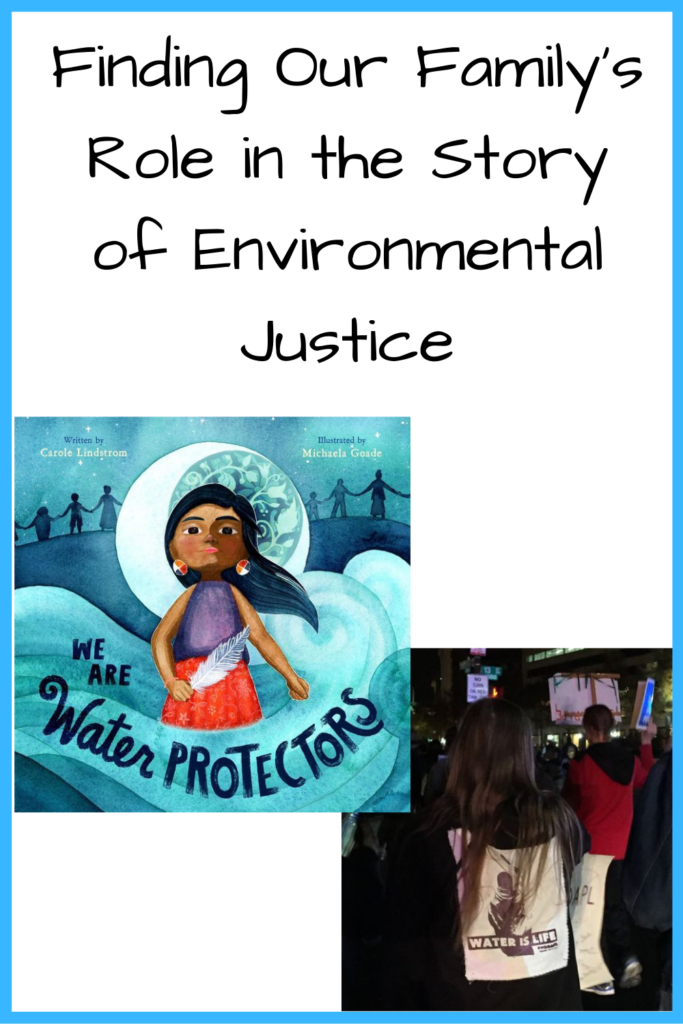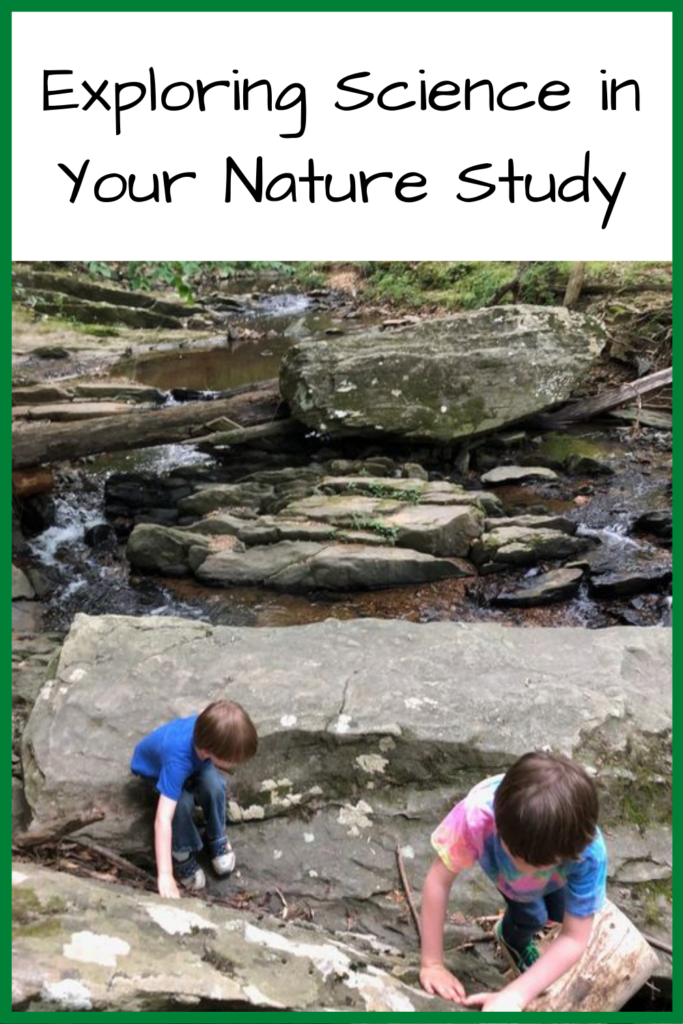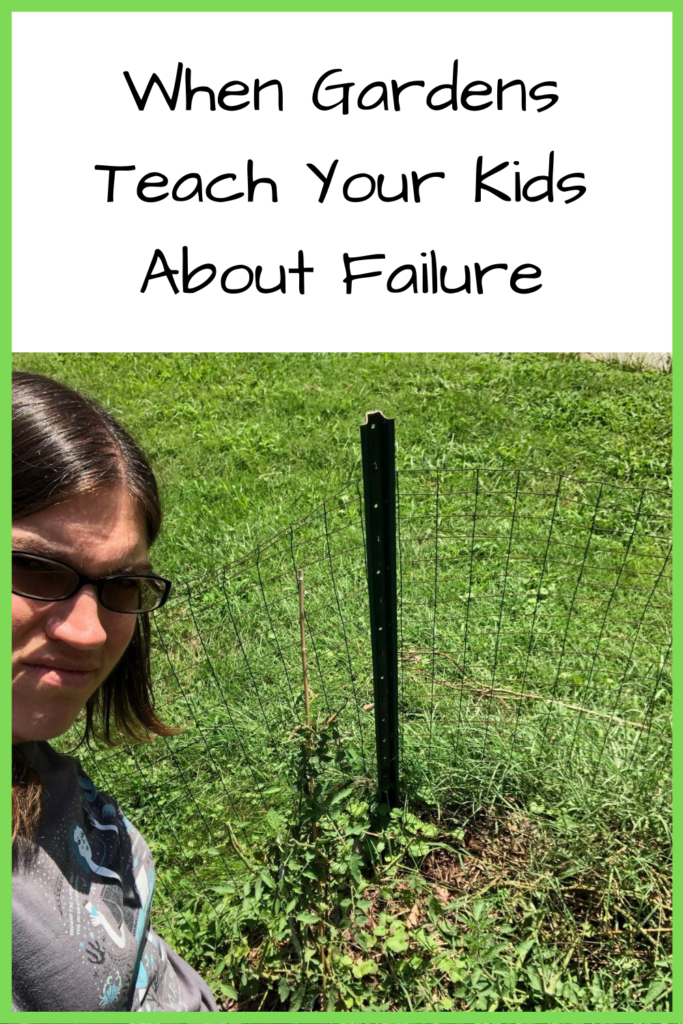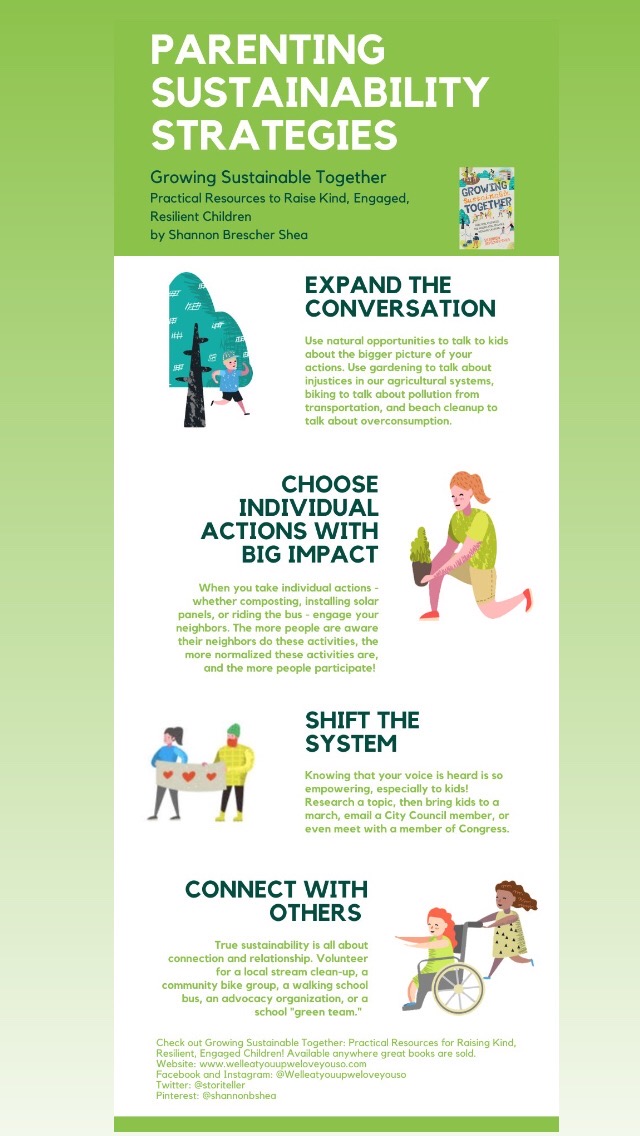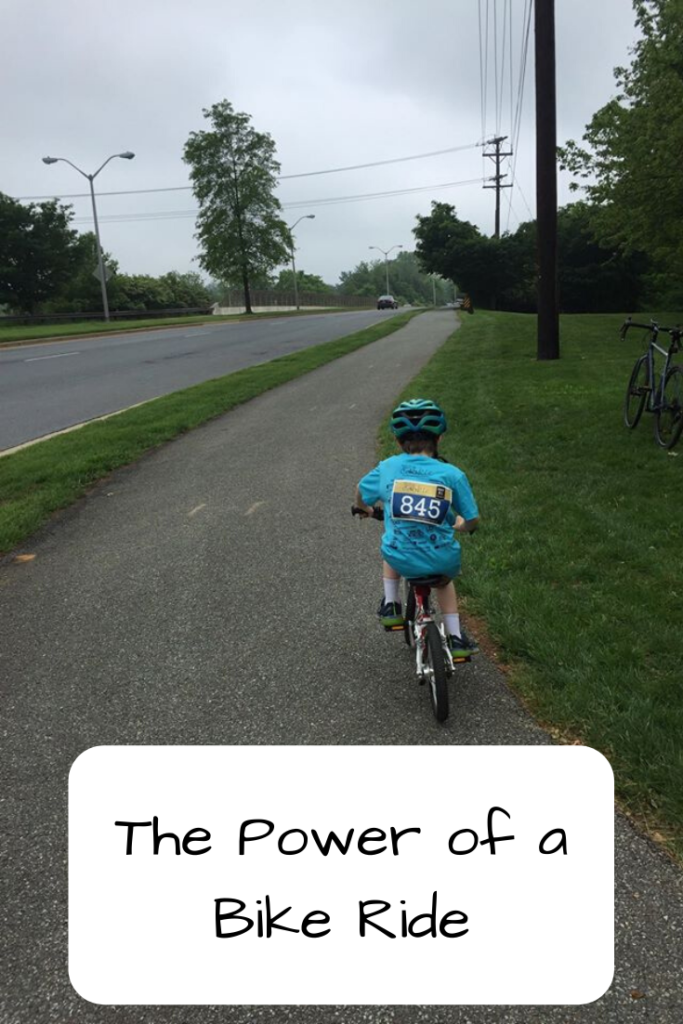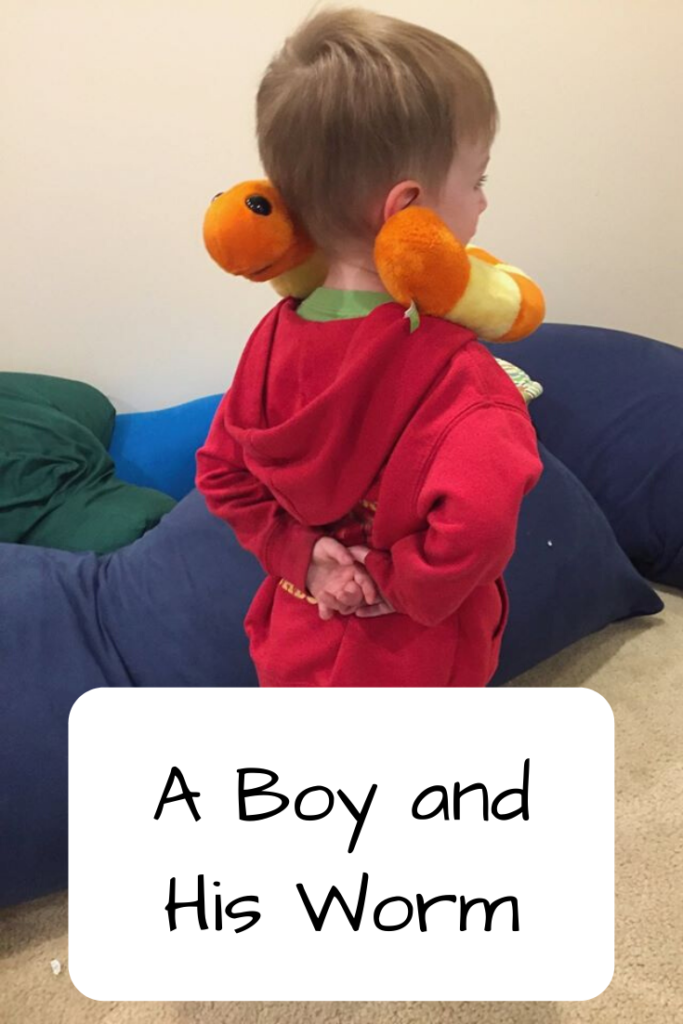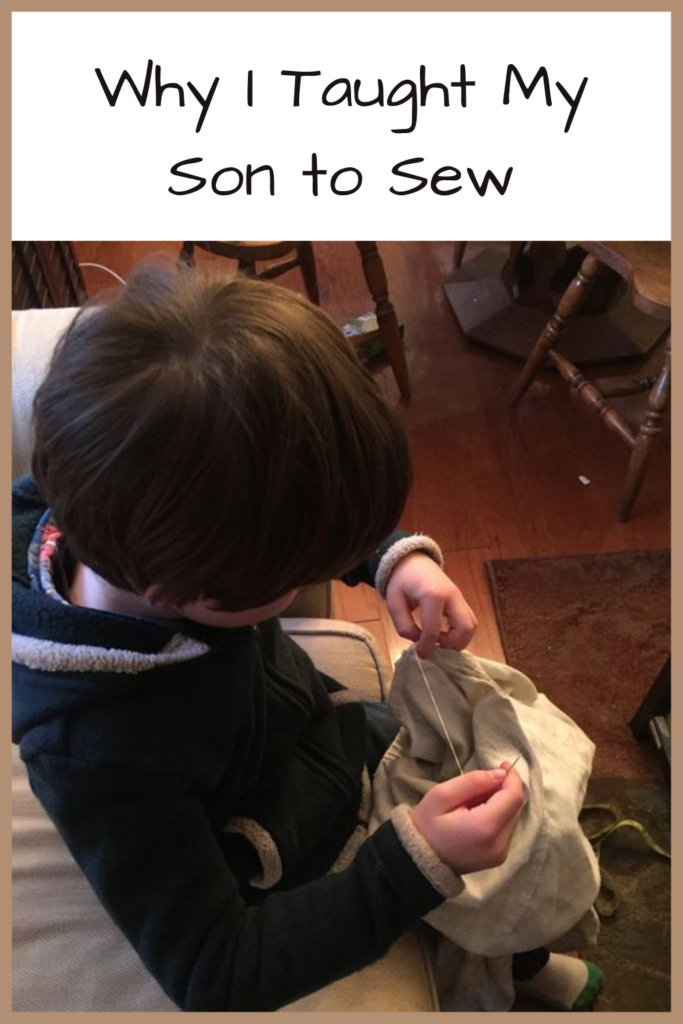
Reaching up in my closet for my sewing bag, I asked my then-six year old son, “Do you want me to teach you how to sew?”
“No,” he said, with an edge in his voice of “And why would I?”
But as I settled down on the couch, his attitude shifted. He wandered over, asking, “Can I see what you’re doing?”
